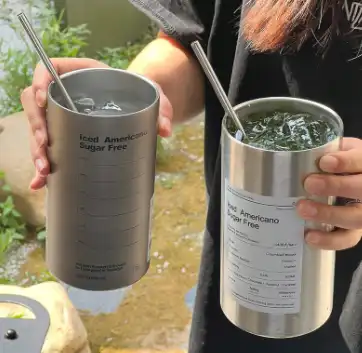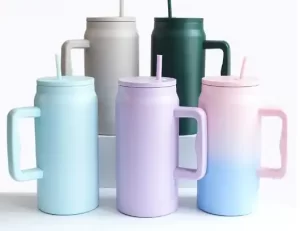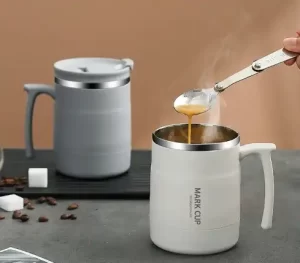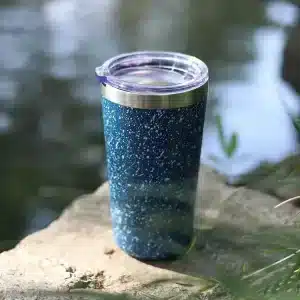Through publicity and systematic data collection and analysis methods, we can further understand participants’ awareness, acceptance and related suggestions of the circulation water bottles stainless steel.
So where do you start with a circulating water bottles stainless steel?
Starting from the three key dimensions of the recycling water bottles stainless steel – awareness of the recycling water bottles stainless steel, willingness to use, appearance characteristics, etc., we will use real and effective actual research data to provide feasible solutions to the new tea industry that has caused a lot of plastic pollution and resource waste. Plastic reduction practice plan.
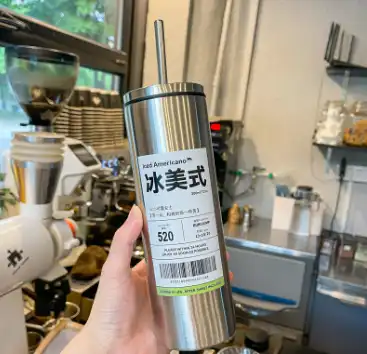
1. How much do the public know about circulating water bottles stainless steel insulated?
One thing to admit is that the popularity of the circulating water bottles stainless steel insulated has yet to be improved. Among all the participants in this survey, only about 28.8% of the respondents have heard of the recycling water bottles stainless steel insulated, which reflects that the recycling water bottles stainless steel insulated is gradually emerging in the field of environmental protection and is still a relatively unfamiliar concept to most consumers.
This also means that there is still a lot of work to be done in improving public awareness of recycling water bottle, plastic reduction education and sustainable science popularization.
2. What is the public’s willingness to use circulating stainless steel reusable water bottle?
Survey data shows that about 15% of the respondents are unwilling to use recycling stainless steel reusable water bottle. The main reason is that they are worried about the hygiene of recycling cups or think that there are too few channels for returning cups and it is inconvenient.
This also reveals that if the circulating cup wants to truly capture consumers, it is necessary to strengthen the cleaning and disinfection of the circulating cup to ensure that users use hygienic, safe and reliable recycling utensils. At the same time, it is also necessary to improve the channels and convenience for returning recycling stainless steel reusable water bottle.
3. What characteristics should the circulation tumbler cup has in appearance?
First, 88% of respondents believe that the ideal recycling tumbler cup should be made of food-grade plastic or stainless steel. This kind of material selection can ensure the safety of the circulating tumbler cup for holding hot and cold water, making it a more practical choice.
They hope that the recycling tumbler cup will not only be environmentally friendly, but also meet health and safety standards. Secondly, the capacity of the circulation tumbler cup also received close attention from the interviewees. 90% of the respondents hope that the capacity of the circulating cup is between 355ml and 500ml. This capacity range seems to best meet their daily needs for drink capacity.
In addition, the interviewees also have certain requirements for the appearance and texture of the circulation cup. They are concerned about the weight of the tumbler cup and hope that the circulating tumbler cup should be light when used, but also have texture and feel. At the same time, respondents are also concerned about whether the recycling cup is prone to scratches, because this will affect the use experience and aesthetics of the cup.
Therefore, we came to a conclusion: when designing a recycling cup, in addition to considering environmental protection performance, we also need to have a deep insight into the user’s needs and experience, meet consumers’ multiple expectations, and impress their hearts.
How does the circulating insulated tumbler capture consumers?
In order to allow consumers to accept recycling insulated tumbler from many aspects, better promote the application of recycling insulated tumbler, and build a more environmentally friendly and sustainable future, we also cut into multiple angles such as material, capacity, appearance, etc.,
To understand consumers’ views on recycling water tumbler expectations and preferences. Interestingly, participants showed some apparent consensus regarding the characteristics of loop water tumbler.
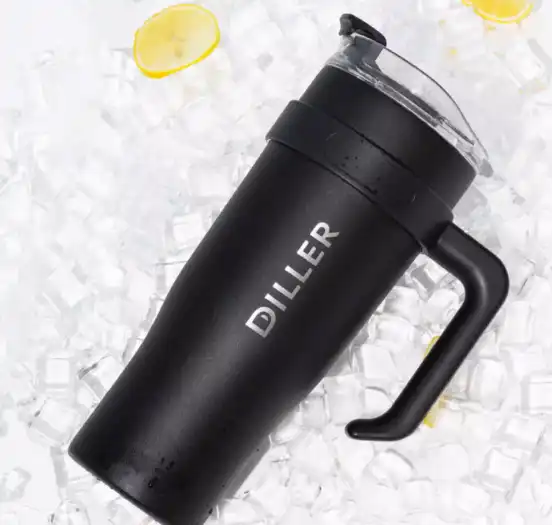
Any other suggestions about circulating water tumbler?
Overall, the results of this survey clearly present the positive attitude of offline respondents towards recycling water tumbler, while also revealing issues that need to be optimized. Based on the feedback from participants, we summarized the following four promotion suggestions.
1. Increase publicity efforts
Adopt brand co-branding, online and offline joint publicity, and multiple interactions with the public to increase the popularity of the circulation water tumbler, popularize the significance of the circulation water tumbler, and improve the public’s awareness and acceptance of the circulation water tumbler.
2. Transparent and open cleaning and disinfection process
We must ensure that the cleaning and disinfection process of the circulating water tumbler is transparent and open, ensure that its hygienic testing meets standards, and improve users’ sense of security and trust.
3. Optimize cup quality performance
Improve the design and quality of circulation water tumbler in terms of color, shape, volume, material selection, etc. to ensure that users receive high-quality, practical products to increase user satisfaction and loyalty.
4. Give priority to testing semi-closed scenarios
The application scenarios of recycling water tumbler can be gradually implemented in semi-enclosed scenes such as campuses or movie theaters. In these scenes, the scope of “consumer” activities is smaller, and the chance of recycling water tumbler being returned after use is greater.
Based on the results of this study, consumers’ environmental awareness is constantly increasing, and most people are willing to actively participate in actions to reduce environmental burdens and reduce the use of plastics.
We found that about 56% of them believe that using recycling water tumbler is a novel way to reduce plastics, and nearly 50% of the respondents believe that recycling water tumbler can reduce the waste of single-use plastics.
This shows that consumers are willing to try new methods and support plastic reduction with practical actions, which lays a solid foundation for the future application of recycling water tumbler and will also greatly promote the “reuse” plastic reduction model and sustainable development. effect.
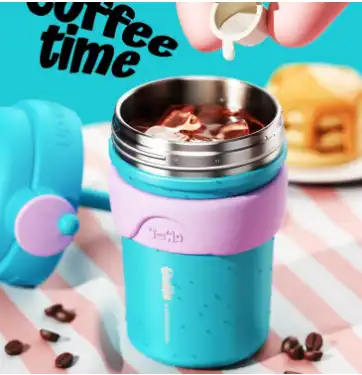
After all, the recycling water tumbler is more than just a cup, it is a commitment to a sustainable future. Let us explore more ways to reduce plastics and work hard to create a green, friendly and sustainable world.

